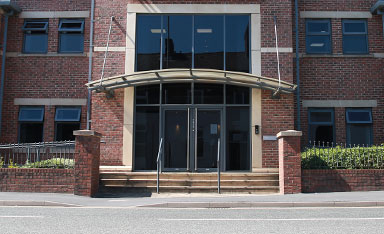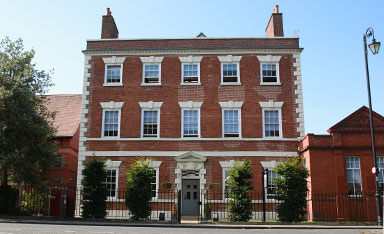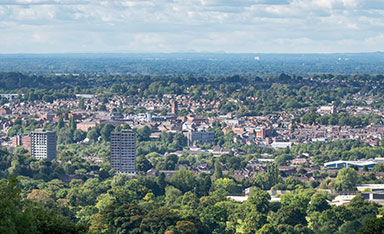What changed in 2013?
From 13 October 2013, Chancel Repair Liability ceased to be an overriding interest which meant that if it was to continue to affect a property, it had to be registered at the Land Registry and be stated on the title as a potential liability to homeowners. Approximately 250 churches applied to the Land Registry and notices of this right was attached to more than 12,000 properties.
However, chancel repair liability has not been abolished and the fact that a church has not registered a notice does not mean they have lost the right to apply. The right will only be lost against a property once it has changed hands for “valuable consideration”, i.e. it has been transferred for money and not a gift.
As a church can still register a notice at any point up until a priority search is made before completion, it is essential that conveyancing solicitors continue to recommend CRL searches and indemnity insurance on properties that are either unregistered, or have not been transferred for valuable consideration since October 2013.
Homeowners should also be aware that Land Registry Practice is to register new chancel repair notices without examining whether they are valid as the burden to object to a notice falls on the landowner. This means that even if a property was transferred after October 2013, there is still a risk that the liability will be added. Upon receiving notice of the liability from the Land Registry, the homeowner/landowner should contact the Land Registry to have it removed to avoid any problems or delays when they look to sell the property in the future. This is why it is also essential that the correspondence address at the Land Registry for the landowner is kept up to date.
In practical terms, conveyancers can usually obtain indemnity insurance against this risk for as little as £20.00.
For more information about Chancel Repair Liabilities, please contact our conveyancing and residential property team on 0161 475 7676.
What changed in 2013?
From 13 October 2013, Chancel Repair Liability ceased to be an overriding interest which meant that if it was to continue to affect a property, it had to be registered at the Land Registry and be stated on the title as a potential liability to homeowners. Approximately 250 churches applied to the Land Registry and notices of this right was attached to more than 12,000 properties.
However, chancel repair liability has not been abolished and the fact that a church has not registered a notice does not mean they have lost the right to apply. The right will only be lost against a property once it has changed hands for “valuable consideration”, i.e. it has been transferred for money and not a gift.
As a church can still register a notice at any point up until a priority search is made before completion, it is essential that conveyancing solicitors continue to recommend CRL searches and indemnity insurance on properties that are either unregistered, or have not been transferred for valuable consideration since October 2013.
Homeowners should also be aware that Land Registry Practice is to register new chancel repair notices without examining whether they are valid as the burden to object to a notice falls on the landowner. This means that even if a property was transferred after October 2013, there is still a risk that the liability will be added. Upon receiving notice of the liability from the Land Registry, the homeowner/landowner should contact the Land Registry to have it removed to avoid any problems or delays when they look to sell the property in the future. This is why it is also essential that the correspondence address at the Land Registry for the landowner is kept up to date.
In practical terms, conveyancers can usually obtain indemnity insurance against this risk for as little as £20.00.
For more information about Chancel Repair Liabilities, please contact our conveyancing and residential property team on 0161 475 7676.




